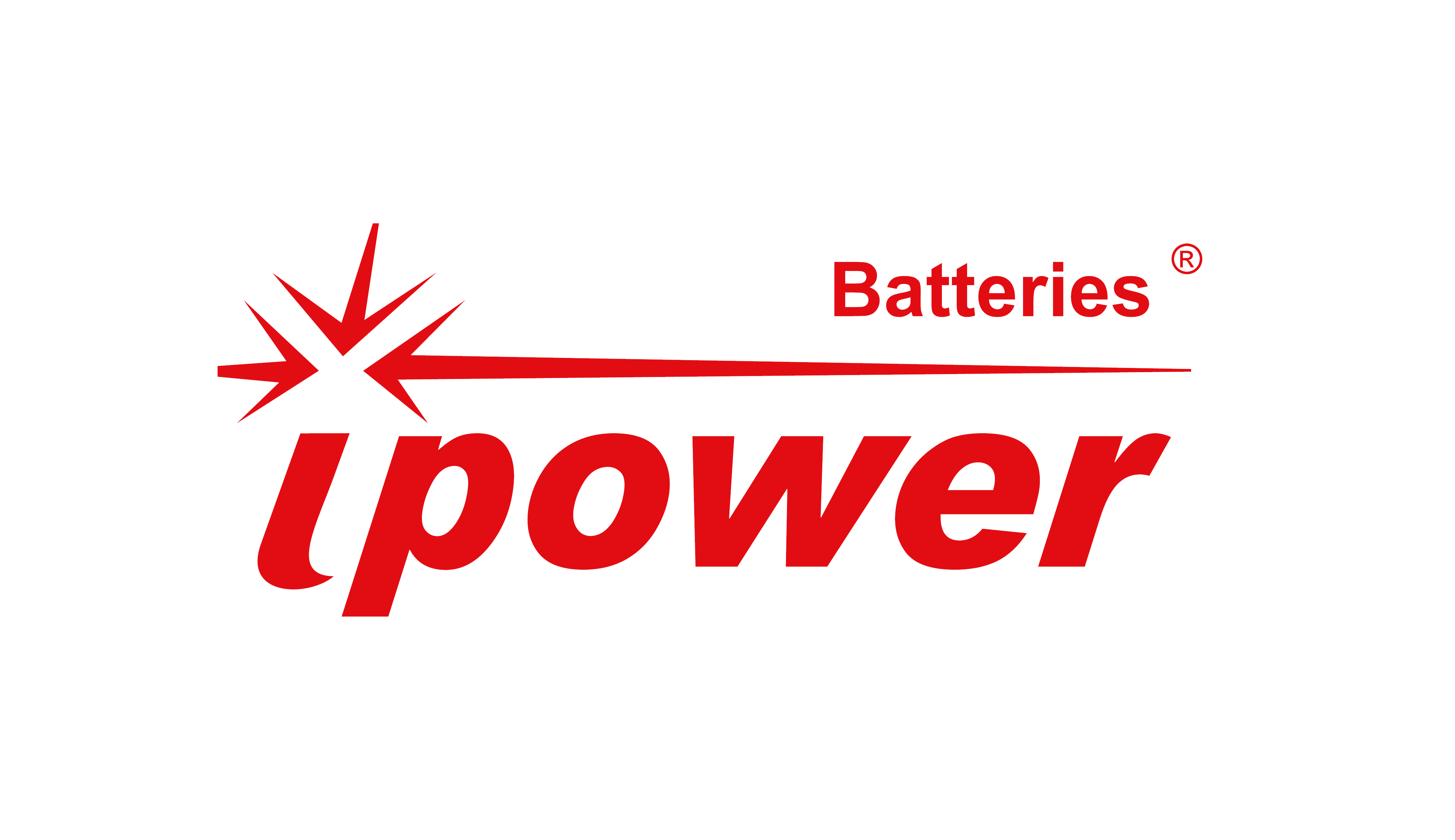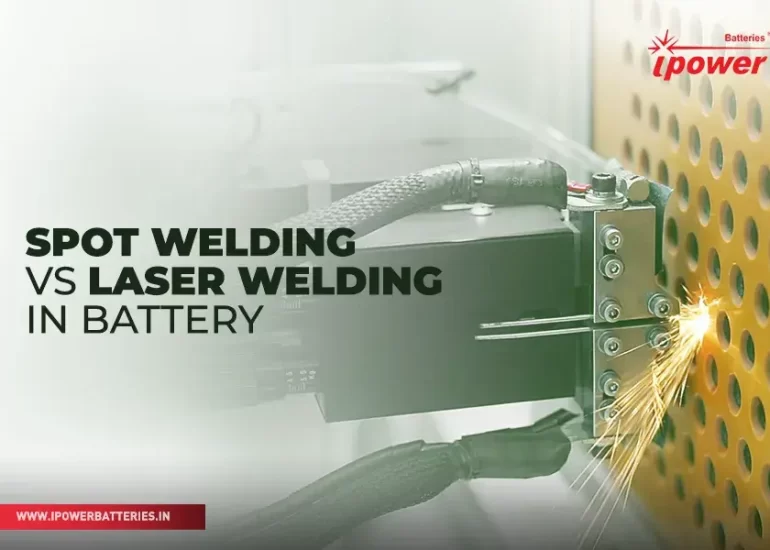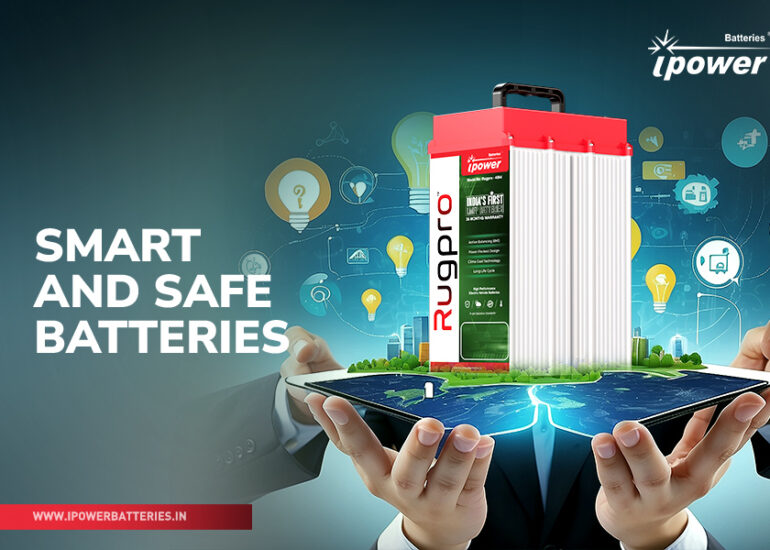In the previous article we had an overview of how to protect your lithium batteries from catching fire, but it is also important to know how and why lithium batteries catch fire. Here in this article we will explore the same.
Why do EV batteries catch fire?
Thermal runaway occurs when lithium-ion cells reach several hundred degrees Celsius (the fires you see are the result of thermal runaway). Most current batteries shut off automatically around 45-55°C. Even if these safeguards are not taken, it is not possible to heat the battery to a few hundred degrees Celsius solely by using ambient heat or heat created by the batteries.
Short circuits are the reason of 99% of battery fires. As a result, the temperature of the cell rises by a few hundred degrees Celsius, resulting in thermal runaway.
Short circuits happen for three reasons:
- Poor cell quality
- Poor design of the battery
- Poor BMS
Internal short-circuiting can occur as a result of poor cell quality. This happens when the anode and cathode are accidentally linked inside due to design flaws, short-circuiting the normal current route. This finally leads to uncontrolled current. It becomes the cause of Thermal Runaway.
Short-circuiting is not usually caused by poor cell quality. The design of battery packing has a significant impact on safety. Packaging relates to how cells are assembled, as well as how they are electrically connected and mechanically held together.
Poor BMS leads to Overcharging
Cells cycle between lower and higher threshold voltages, which generally correspond to the 0% and 100% states of charge.
LFP voltage ranges from 2.8V to 3.6V.
NMC voltage ranges from 2.8V to 4.2V.
Even a 0.05V overcharge of NMC can significantly enhance the growth of Lithium dendrites.
Overcharging causes cells to swell, collide, short-circuit, and eventually catch fire. It’s dramatic, and you don’t have to make it up.
How Ipower Batteries is solving all these issues?
Ipower Batteries have AIS 156 Phase 2 certificate for all of its batteries including LFP and NMC based batteries. Getting an AIS 156 Phase 2 certification is very though but thats for next article.
Join the EV-Revolution with Ipower Batteries





